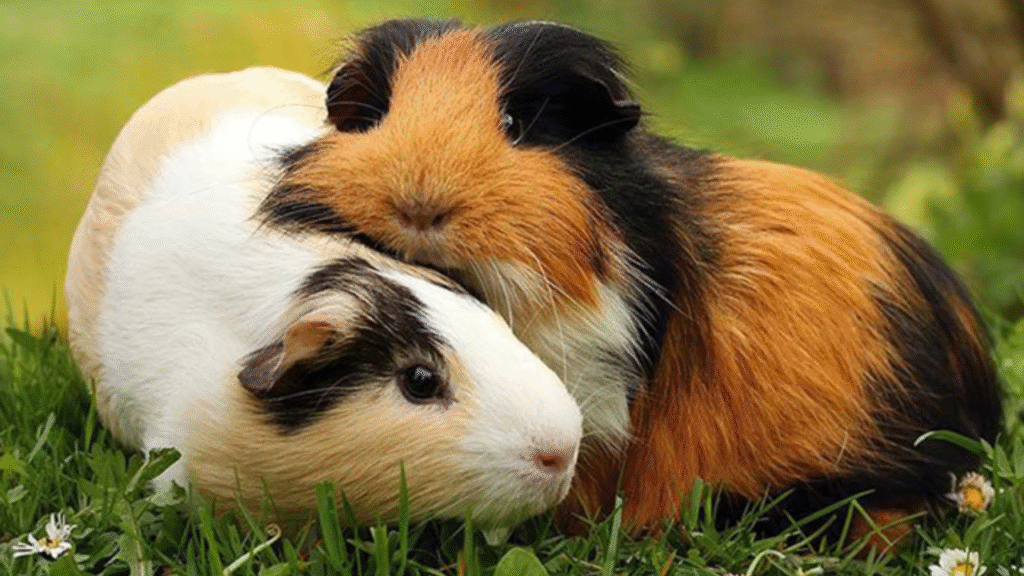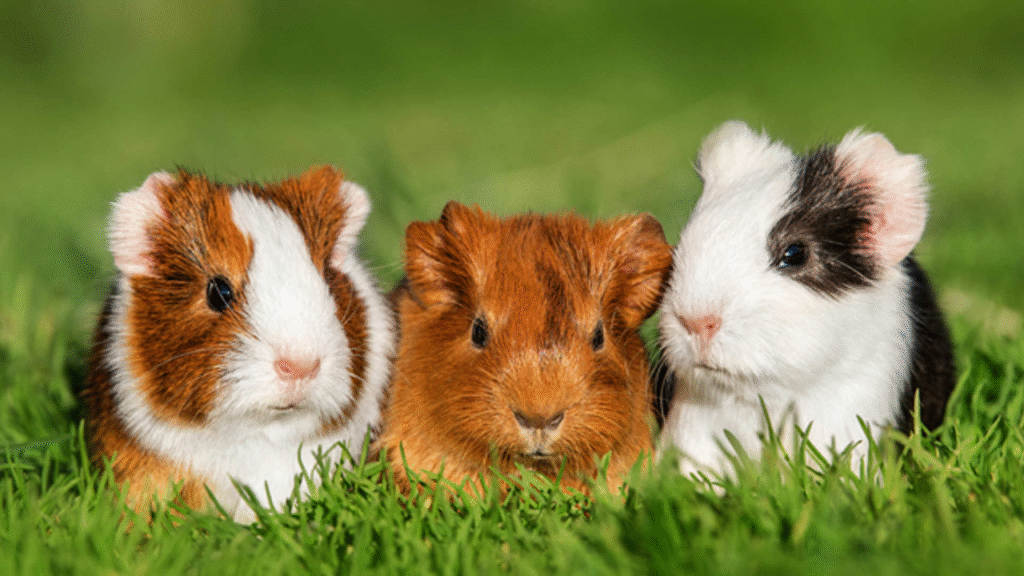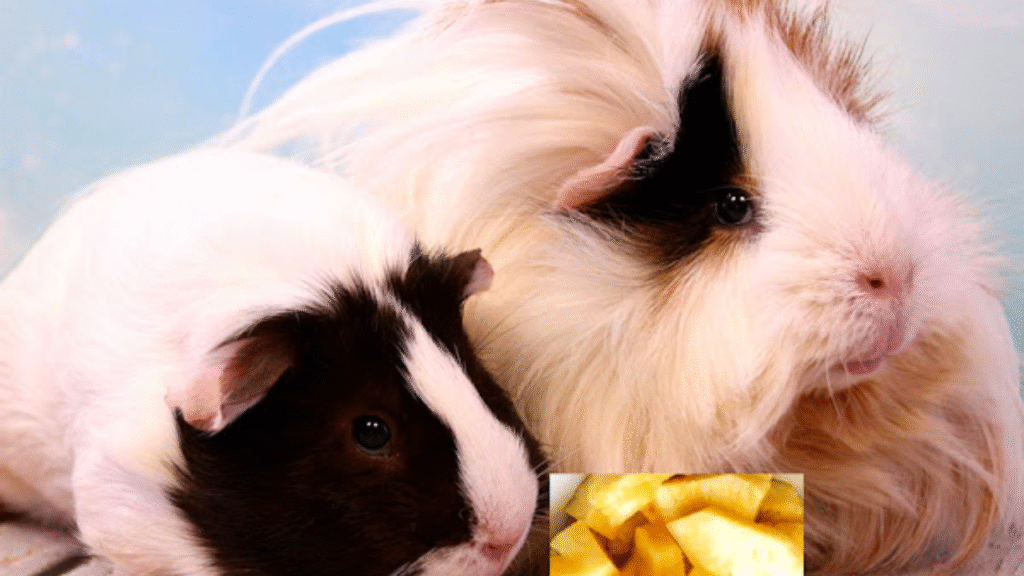Guinea pigs are adorable, gentle, and social pets that make wonderful companions for families and children. But like all pets, they need proper care to stay happy and healthy. If you’re wondering how to take care of a guinea pig, this detailed guide covers everything — from housing and diet to grooming, health, and bonding tips.
Setting Up the Perfect Guinea Pig Cage
Your guinea pig’s cage is its home, so it should be clean, cozy, and large enough to move around freely.
Ideal Cage Size
A large guinea pig cage helps reduce stress and keeps your pet active.
- Minimum cage size: about 7.5 square feet for one guinea pig
- Bedding options: paper bedding, fleece liners, or aspen shavings (avoid cedar or pine wood chips)
Cage Essentials
A well-organized cage should include:
- Water bottle or small bowl
- Hay rack
- Food dish
- Hideouts, tunnels, or small shelters
- Safe chew toys for keeping their teeth healthy
Clean the cage two to three times a week and do a deep clean every weekend to prevent odor and bacteria.
Feeding a Healthy Guinea Pig Diet
A balanced diet is the foundation of your guinea pig’s health and long life.
What Do Guinea Pigs Eat?
Guinea pigs love a mix of fresh hay, vegetables, and pellets.
- Timothy hay is essential for their digestion and dental health.
- Pellets should be rich in Vitamin C and fiber.
- Fresh vegetables such as bell peppers, cucumbers, spinach, carrots, and lettuce are great daily options.
- Fruits like oranges, apples, and strawberries can be given occasionally as treats.
Avoid feeding iceberg lettuce, onions, or potatoes, as they can cause stomach problems.
Importance of Vitamin C
Since guinea pigs can’t make Vitamin C naturally, make sure their diet includes Vitamin C-rich vegetables or pellets fortified with it.
Always Provide Clean Water
Fresh water should always be available. Change the water daily and wash the bottle regularly. Using a sipper bottle helps prevent spills and keeps their bedding dry and clean.
Grooming and Hygiene Care
Brushing
Brush your guinea pig’s fur to keep it soft and tangle-free.
- Short-haired guinea pigs: once a week
- Long-haired guinea pigs: daily brushing to avoid matting
Nail Trimming
Trim their nails every three to four weeks with small animal clippers.
Bathing
Guinea pigs don’t need frequent baths. If necessary, use warm water and guinea pig-safe shampoo. Avoid cold water and dry them gently with a towel.
Socializing and Bonding
Guinea pigs are social animals and thrive in pairs or groups. If possible, keep two of the same gender to prevent loneliness.
Spend time with them every day — talk to them, hand-feed treats, and let them explore in a safe space. They communicate with adorable squeaks, chirps, and purrs, so learn their sounds to understand their moods better.
Health Care and Common Problems
A healthy guinea pig is active, eats well, and has a shiny coat. Watch for signs of illness such as:
- Loss of appetite
- Hair loss or bald patches
- Runny nose or eyes
- Diarrhea
- Lethargy
If you notice these symptoms, visit a vet experienced with guinea pigs immediately. Regular health checks help detect problems early.
Temperature and Environment
Guinea pigs are sensitive to extreme temperatures. Keep them in a cool, dry room between 18°C to 24°C (65°F to 75°F). Avoid placing their cage near heaters, windows, or air conditioners.
Provide shade during summer and soft bedding in winter to keep them comfortable.
Exercise and Playtime
Guinea pigs need regular exercise to stay healthy. Set up a safe play area or playpen where they can run and explore. Add tunnels, ramps, chew toys, and small balls to keep them active and mentally stimulated.
Allow supervised floor time daily for at least 30 minutes.
Sleep and Comfort
Guinea pigs are not nocturnal; they nap in short bursts throughout the day and night. Provide soft bedding and quiet surroundings where they feel secure. Avoid loud noises or constant handling during their rest time.
Conclusion
Learning how to take care of a guinea pig is the first step toward giving your pet a long, joyful, and healthy life. From the right cage setup and balanced diet to grooming and playtime, every little detail matters. With love and attention, your guinea pig will reward you with affection, funny squeaks, and endless happiness.





